Re-balance Cycle Reminder All MyPlanIQ’s newsletters are archived here.
For regular SAA and TAA portfolios, the next re-balance will be on Monday, February 26, 2017. You can also find the re-balance calendar for 2017 on ‘Dashboard‘ page once you log in.
As a reminder to expert users: advanced portfolios are still re-balanced based on their original re-balance schedules and they are not the same as those used in Strategic and Tactical Asset Allocation (SAA and TAA) portfolios of a plan.
Please note that we now list the next re-balance date on every portfolio page.
PIMCO’s Recent Fund Class Conversion
PIMCO recently announced that they will start to convert many of their class D share funds to class A. Class A funds are usually those that charge some percentage fees when one buys them – so called front load funds. Class D funds, on the other hand, do not charge anything extra for buying and selling — i.e. they are no load funds. PIMCO promises that the funds’ regular expenses will be the same. Furthermore, if investors already own a class D fund, after its conversion to class A fund, investors can purchase more without front load fee. For more information, see this link. There are also discussions in a Morningstar forum.
Some of popular PIMCO funds used in MyPlanIQ portfolios include PONDX (PIMCO Income D), PTTDX (PIMCO Total Return Bond D) and PSPDX (PIMCO StockPlus D).
The question now is that whether major brokerages like Fidelity, Schwab and Etrade can negotiate with PIMCO to allow their clients to purchase these A share funds without the front load fee (as funds’ new investors). Many times, brokerages negotiate with a fund company to carry so called load waived funds – i.e. even a fund is classified as class A share, it’s load will be waived. We are monitoring this situation as time goes.
At worst, for those who have held PIMCO’s D funds, one way to be able to still enjoy no load charges is to keep some nominal amount of these funds even when they are deemed to be sold by our strategies. In this way, you will not be charged with the front load fee when you later on purchase more.
We welcome users to inform us any new development in this situation. We thank Dan and Paul for letting us know about this matter.
Market Selloff And Long Term Investing
That escalated quickly: global stocks have been falling fast and furious (as the time we are writing) for the past week or so. As this might have caused some concerns for investors, we want to devote this missive to it.
Recent Selloff
To some extent, the recent stock correction shouldn’t be surprising: after a parabolic rise, it’s actually normal to also encounter a sharp fall (what Dr. Hussman called ‘air pocket’):
Not only VTI (Vanguard total stock market index ETF) is now negative year to date, it actually fell all the way back to the end of November 2017:
One can see that stocks had a parabolic rise in December and January. As of 2/5/2018, VTI has had about 8.3% correction from its peak made on 1/26/2018.
The main culprit for the loss, from whoever wants to find a reason for it, is really the strong economy induced inflation/interest rate scare. Long term bonds have been under pressure since the New Year and it finally reverted its daily drop today:
So to summarize, all stocks have been in sync to drop sharply. However, long term bonds did possibly signal that yield rise might take a breath right now.
Regardless, we don’t have strong conviction on when such a correction will end. In fact, as stocks have been over extended for so long, odds are it can go further down. This leads to us to review what happened in the Black Monday in 1987, which some has claimed to be similar to current stock market.
Black Monday 1987
The following chart shows what happened right before the fateful Monday, October 19, 1987. On that day, Dow Jones Industrial index dropped 22 percent.
However how abrupt and sharp the drop was, S&P 500 index actually started to fall from its peak on 8/25/2017 to Friday 10/16/1987 for about 40 days. Along the way, there were several drops and rises. By 10/16/1987, it has fell for more than 13%. Furthermore, S&P crossed its 200 day moving average on 10/15/1987.
It’s no surprising that before August, stocks rose parabolic-ally:
However, after the Black Monday, stocks bounced back. For 1987, S&P 500 actually had positive return. It took nine months (July 1988) for stocks to fully recover back to the Peak in August 1987.
What we can learn from the above:
- A sharp drop usually follows a parabolic rise.
- However, the sharp drops usually took several phases. it can take many days or even months before leading to the big drop. Along the way, it can have fake rises (to give investors false hope).
- After the sharp drop, strong bounces usually follow. Stocks will always recoup back the loss, it’s more a question on how long it will take to recover.
What to do in a selloff
For a long term portfolio, market selloff is a fact in life: it always comes and goes. What’s important is that one has to maintain a systematic, pre-designed strategy or plan to respond to it (or not to react to it).
In a Strategic Asset Allocation (SAA) portfolio, the worst is to abandon stocks at the bottom of a selloff. In general, in such a portfolio, you should just hold stocks without panic. In fact, when an asset such as US stocks drops too much, you might even consider rebalancing the portfolio by buying more stocks by selling overweighted assets such as cash or bonds.
In a Tactical Asset Allocation(TAA) portfolio, that means you should follow the strategy closely and liquidate stocks or reduce stock exposure when it’s called for, BUT later on when stocks show a positive trend, repurchase them back when it’s deemed to be suitable by the strategy. In such a strategy, the worst is to abandon stocks without a follow through as you might just become too emotional and second guess the strategy. Granted, such a strategy can suffer from whip saw loss. Examples include selling at the bottom and only to see stocks quickly recover big time and having to buy back them at a higher price. The other one is that buying back stocks at a higher price and later on suffering from another even bigger drop.
Regardless, in a long term, both SAA and TAA will exhibit positive returns. Again, it’s essential to stick to a strategy for a long time once you have committed to it in order to fully derive its long term benefit.
Market Overview
30 year Treasury bond yield breached 3% last week (even though now it fell slightly back below). The rising inflation induced fear by a strong economy (strong payroll & employment, rising income and strong ISM numbers) just can’t be alleviated by good earnings reported so far for last quarter: based on Factset, with 50% of S&P 500 companies reporting earnings for Q4 2017, the blended earnings growth is 13.4%, better than the expected 11%. Furthermore, we remind our readers that even after the recent pullback, stocks are still at a way too high valuation level by many well known valuation metrics (see for example, Market Indicators). We again call for exercising prudently and paring down unnecessary risk exposure. On the other hand, as always, stay the course and stick to the strategies you are following.
For more detailed asset trend scores, please refer to 360° Market Overview.
Now that the Trump administration has been in the office for more than a year, the economy and financial markets are in general still in a good shape. Whether the economy will continue to benefit from the supposedly trickle down of the tax cut, the deregulation and the promised infrastructure spending remains to be seen. On the other hand, stocks continued to ascend, regardless of the progress. Looking ahead, however, we remain convinced that markets will experience more volatilities at some point when reality finally sets in.
In terms of investments, U.S. stock valuation is at a historically high level. It is thus not a good time to take excessive risk. However, we remain optimistic on U.S. economy in the long term and believe much better investment opportunities will arise in the future.
We again would like to stress for any new investor and new money, the best way to step into this kind of markets is through dollar cost average (DCA), i.e. invest and/or follow a model portfolio in several phases (such as 2 or 3 months) instead of the whole sum at one shot.
Enjoy Newsletter
How can we improve this newsletter? Please take our survey
–Thanks to those who have already contributed — we appreciate it.
Latest Articles
- January 29, 2018: The New Addition To Our Total Return Bond Fund Candidates
- January 22, 2018: Where Are Bonds Heading?
- January 15, 2018: Tactical Portfolios Review
- January 8, 2018: Strategic Portfolios Review
- December 18, 2017: Record Highs And Risk
- December 11, 2017: Cash Return And Interest Rate Update
- December 4, 2017: Mutual Fund Star Ratings: Are They Useful?
- November 20, 2017: Thankful And Mindful
- November 13, 2017: Is This A Good Time For Retirees Or Would Be Retirees?
- November 6, 2017: Newsletter Collection Update
- October 30, 2017: Rising Interest Rates
- October 23, 2017: A Primer For Portfolios
- October 16, 2017: REITs As An Asset Class
- October 9, 2017: Conservative Portfolios Revisited
- October 2, 2017: The Role of Short Term Bond Funds
- September 25, 2017: Fees In Cash Investments
- September 18, 2017: Conservative Portfolios Review
- September 11, 2017: International Diversification Effect
- September 4, 2017: Invest And Speculate Revisited
- August 28, 2017: Total Return Bond Fund Portfolios: Where Do They Fit?
- August 21, 2017: Portfolio Performance: A Walk In The Past
- August 14, 2017: Fidelity Commission Free ETFs Update
- August 7, 2017: I Didn’t Learn Anything — Mistake vs. Temporary Underperformance
- July 31, 2017: Asset Classes And Fund Choices: A Primer
- July 24, 2017: Total Return Bond Fund Portfolios And Cash
- July 17, 2017: Long Term Stock Holding Periods For Retirement
- July 10, 2017: Half Year Asset Trend Review
- June 26, 2017: How To Beat The Best Balanced Allocation Fund
- June 19, 2017: Newsletter Collection Update
- June 12, 2017: A Mixed Bag Performance of Momentum Investing
- June 5, 2017: How To Start A New Portfolio
- May 29, 2017: Alternative Assets And Their Role In Portfolios
- May 22, 2017: Summer Seasonality And Portfolio Management
- May 15, 2017: Cash: Banking Or Investing?
- May 8, 2017: Holding Period of Long Term Timing Portfolios
- May 1, 2017: Debate on Risk vs. Volatility
- April 24, 2017: The Long Term Stock Market Timing Return Since 1871
- April 17, 2017: Risk vs. Volatility: Long Term Stock Market Returns
- April 10, 2017: Total Return Bond ETFs And Portfolios
- April 3, 2017: Quarter End Asset Trend Review
- March 27, 2017: Practical Consideration For IRAs And 401k Accounts
- March 20, 2017: Fund Fees: That’s (Still) Outrageous
- March 13, 2017: Long Term Stock Valuation Review
- March 6, 2017: Asset Classes for Retirement Investments
- February 27, 2017: Fidelity Total Bond Fund Review
- February 20, 2017: Long Term Stock Timing Based Portfolios And Their Roles
- February 13, 2017: Alternative Investment Portfolios Review
- February 6, 2017: Tax Free Municipal Bond Investments Review
- January 30, 2017: Brokerage Specific Conservative Portfolios
- January 23, 2017: Fixed Income Portfolio Review
- January 16, 2017: Long Term Trend Following Portfolio Review
- January 9, 2017: Tactical Asset Allocation Review
- January 3, 2017: Strategic Asset Allocation Review
- December 12, 2016: Enhanced Index Funds
- December 5, 2016: Review Of Broad Base Core Mutual Funds For Brokerages
- November 28, 2016: Core Index ETFs Review
- November 21, 2016: International Exposure Of U.S. Large Companies
- November 14, 2016: Asset Trends After The Election
- November 7, 2016: Rising Rate And Current Bond Trend
- October 31, 2016: Economy Power And Long Term Stock Returns
- October 24, 2016: Current Commodity Trend And Managed Futures
- October 17, 2016: Investment Mistakes And Good Or Bad Investment Strategies
- October 10, 2016: Momentum Investing Review
- October 3, 2016: Survey & Feedback
- September 26, 2016: Fixed Income Investing: Actively Managed Funds vs. Index Funds
- September 19, 2016: Stock Investing: Actively Managed Funds vs. Index Funds
- September 12, 2016: Newsletter Update
- September 5, 2016: Overvalued Markets And Long Term Timing Strategies
- August 29, 2016: Your 401K Finally Draws Attention
- August 22, 2016: Inflation Protected Securities TIPS For Current Overvalued Markets
- August 15, 2016: Risk On: Emerging Market Stocks And Small Cap Stocks
- August 8, 2016: Portfolio Construction Using Stock ETFs And Bond Mutual Funds
- August 1, 2016: Adding Value To Your Own Investments
- July 25, 2016: Tactical Asset Allocation Funds Review
- July 18, 2016: Strategic Asset Allocation & Lazy Portfolio Review
- July 11, 2016: Asset Trend Review
- June 27, 2016: Secular Cycles For Tactical And Strategic Investment Strategies
- June 20, 2016: A World of Debt
- June 13, 2016: Managed Futures For Portfolio Building
- June 6, 2016: Newsletter Summary
- May 30, 2016: Swensen Portfolio And Permanent Portfolios
- May 23, 2016: AAII Article And Some Web Changes
- May 16, 2016: The PIMCO (Dis)Advantages
- May 9, 2016: Boost Your Dull Summer Investments
- May 2, 2016: Low Cost Index Fund Investing
- April 25, 2016: Tax Free Municipal Bond Funds & Portfolios
- April 18, 2016: Asset Class Trend Review
- April 11, 2016: Construction of Sound And Conservative Portfolios
- March 28, 2016: Total Return Bond ETFs Review
- March 21, 2016: Small And Large Company Stock Performance In Different Economic Expansion Cycles
- March 14, 2016: Are Tactical And Timing Strategies Losing Steam?
- March 7, 2016: Defined Maturity Bond Fund Analysis
- February 29, 2016: Smart Strategic Asset Allocation Rebalance When Market Trend Changes
- February 22, 2016: Be Cash Smart
- February 15, 2016: Bond ETF Portfolios
- February 8, 2016: Newsletter Collection Update
- February 1, 2016: Total Return Bond Fund Portfolios In A Volatile Period
- January 25, 2016: Alternative Portfolios Review
- January 18, 2016: Strategic Asset Allocation: A Cautious Outlook
- January 11, 2016: Review Of Trend Following Tactical Asset Allocation
- January 4, 2016: What Worked And Didn’t In 2015
- December 21, 2015: Distressed Assets
- December 14, 2015: High Yield Bonds And Their Correlation With Stocks
- December 7, 2015: Diversification And Global Allocation
- November 30, 2015: Investors and Speculators Combined
- November 23, 2015: Active Stock Fund Performance Consistency
- November 16, 2015: Permanent, Risk Parity And Alternative Portfolios Review
- November 9, 2015: Broad Base Core Mutual Fund Review
- November 2, 2015: Broad Base Index Core ETFs Review
- October 26, 2015: Total Return Bond Fund Review
- October 19, 2015: Advanced Portfolio Review
- October 12, 2015: What About Commodities?
- October 5, 2015: Core Satellite Portfolios In A 401k Account
- September 28, 2015: Risk Managed Strategic Asset Allocation Portfolios Revisited
- September 21, 2015: Quest For The Best Investment Strategy
- September 14, 2015: Core Satellite Portfolios In Market Turmoil
- September 7, 2015: Market Rout Creates An Opportunity to Reposition Your Portfolios
- August 31, 2015: Review of Asset Allocation Funds and Portfolios
- August 24, 2015: Market Rout And Your Portfolios
- August 17, 2015: ETF or Mutual Fund Based Portfolios
- August 10, 2015: Updated Newsletter Collection
- August 3, 2015: Slippery Asset Trends
- July 27, 2015: Performance Dispersion Among Momentum Based Portfolios
- July 20, 2015: Global Balanced Portfolio Benchmarks
- July 13, 2015: Pain in Tactical Portfolios
- July 6, 2015: Fixed Income Total Return Bond Funds In Strategic Asset Allocation Portfolios
- June 29, 2015: Core ETF Commission Free Portfolios
- June 22, 2015: Secular Asset Trends
- June 15, 2015: Giving Up Bonds?
- June 1, 2015: Summer Blues?
- May 26, 2015: Cash, Bonds and Stocks In A Rising Rate Environment
- May 18, 2015: Portfolio Update
- May 11, 2015: Pain in Fixed Income?
- May 4, 2015: The Balanced Stock and Long Term Treasury Bond Portfolios
- April 27, 2015: Long Term Treasury Bond Behavior
- April 20, 2015: 529 College Savings Plan Rebalance Policy Change
- April 13, 2015: Total Return Bond Funds As Smart Cash
- April 6, 2015: The Low Return Environment
- March 30, 2015: Brokerage Specific Core Mutual Fund Portfolios 2
- March 23, 2015: Investment Arithmetic for Long Term Investments
- March 16, 2015: Brokerage Specific Core Mutual Fund Portfolios
- March 9, 2015: Newsletter Collection Update
- March 2, 2015: Total Return Bond ETFs
- February 23, 2015: Why Is Global Tactical Asset Allocation Not Popular?
- February 16, 2015: Where Are Permanent Portfolios Going?
- February 9, 2015: How Have Asset Allocation Funds Done?
- February 2, 2015: Risk Management Everywhere
- January 26, 2015: Composite Portfolios Review
- January 19, 2015: Fixed Income Investing Review
- January 12, 2015: How Does Trend Following Tactical Asset Allocation Strategy Deliver Returns
- January 5, 2015: When Forecast Fails
- December 22, 2014: Long Term Asset Returns: How Long Is Long?
- December 15, 2014: Beaten Down Assets
- December 8, 2014: Implementing Core Asset Portfolios In a Brokerage
- December 1, 2014: Two Key Issues of Investment Strategies
- November 24, 2014: Holiday Readings
- November 17, 2014: Retirement Spending Portfolios Update
- November 10, 2014: Fixed Income Or Cash
- November 3, 2014: Asset Trend Review
- October 27, 2014: Investment Loss, Mistakes And Market Cycles
- October 20, 2014: Strategic Portfolios With Managed Volatility
- October 13, 2014: Embrace Volatility
- October 6, 2014: Tips For 401k Open Enrollment
- September 29, 2014: What Can We Learn From Bill Gross’ Departure From PIMCO?
- September 22, 2014: Why Total Return Bond Funds?
- September 15, 2014: Equity And Total Return Bond Fund Composite Portfolios
- September 8, 2014: Momentum Based Portfolios Review
- September 1, 2014: Risk & Diversification: Mint.com Interview
- August 25, 2014: Remember Risk
- August 18, 2014: Consistency, The Most Important Edge In Investing: Tactical Case
- August 11, 2014: What To Do In Overvalued Stock Markets
- August 4, 2014: Is This The Peak Or Correction?
- July 28, 2014: Stock Musings
- July 21, 2014: Permanent Portfolios & Four Pillar Foundation Based Framework
- July 14, 2014: Composite Portfolios Review
- July 7, 2014: Portfolio Behavior During Market Corrections
- June 30, 2014: Half Year Brokerage ETF and Mutual Fund Portfolios Review
- June 23, 2014: Newsletter Collection Update
- June 16, 2014: There Are Always Lottery Winners
- June 9, 2014: The Arithmetic of Investment Mistakes
- June 2, 2014: Tips On Portfolio Rebalance
- May 26, 2014: In Praise Of Low Cost Core Asset Class Based Portfolios
- May 19, 2014: Consistency, The Most Important Edge In Investing: Strategic Case
- May 12, 2014: How To Handle An Elevated Overvalued Market
- May 5, 2014: Asset Allocation Funds Review
- April 28, 2014: Now The Economy Backs To The ‘Old Normal’, Should Our Investments Too?
- April 21, 2014: Total Return Bond Investing In The Current Market Environment

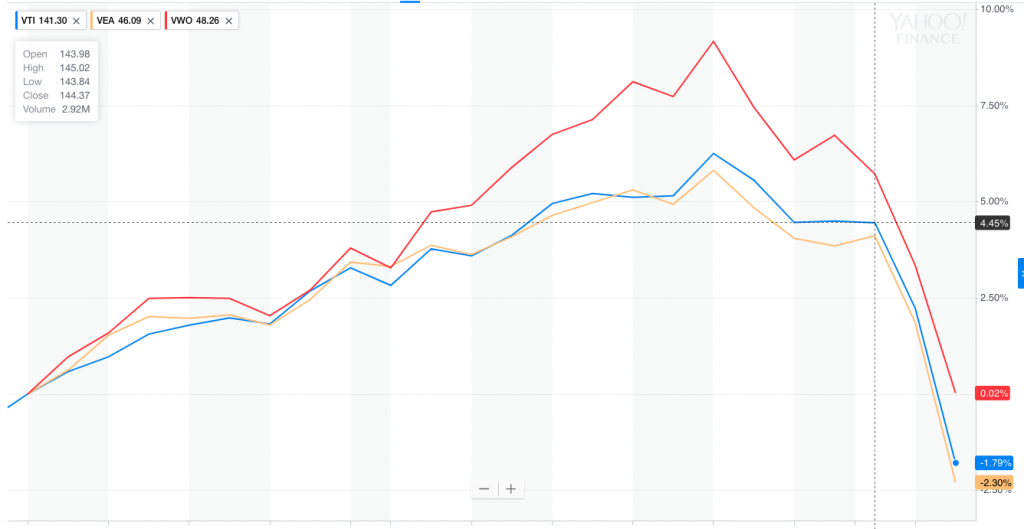
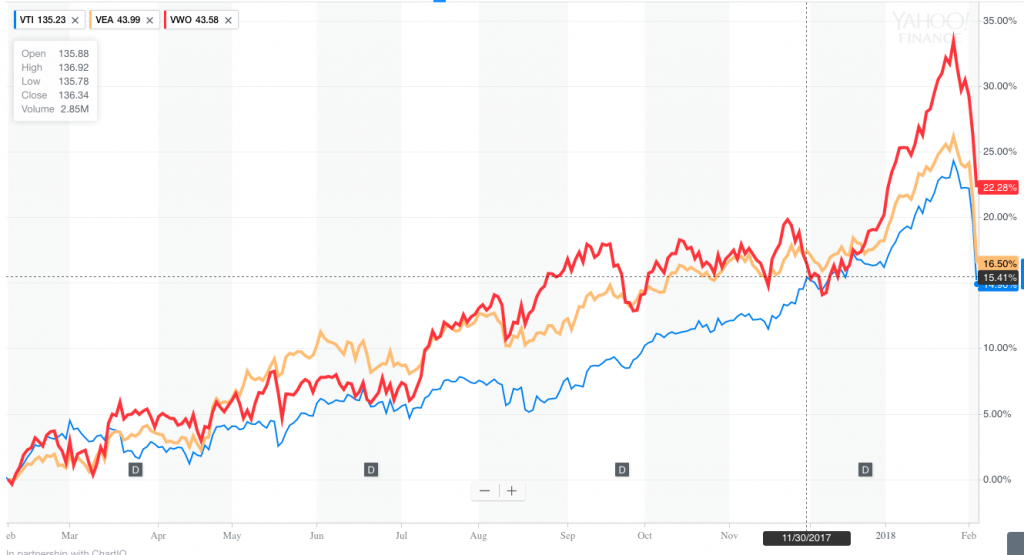
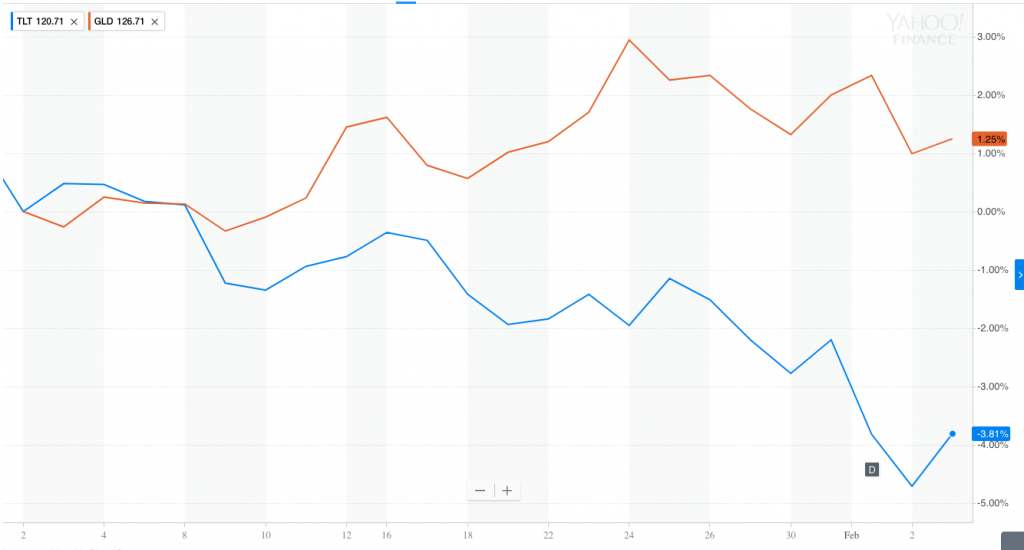
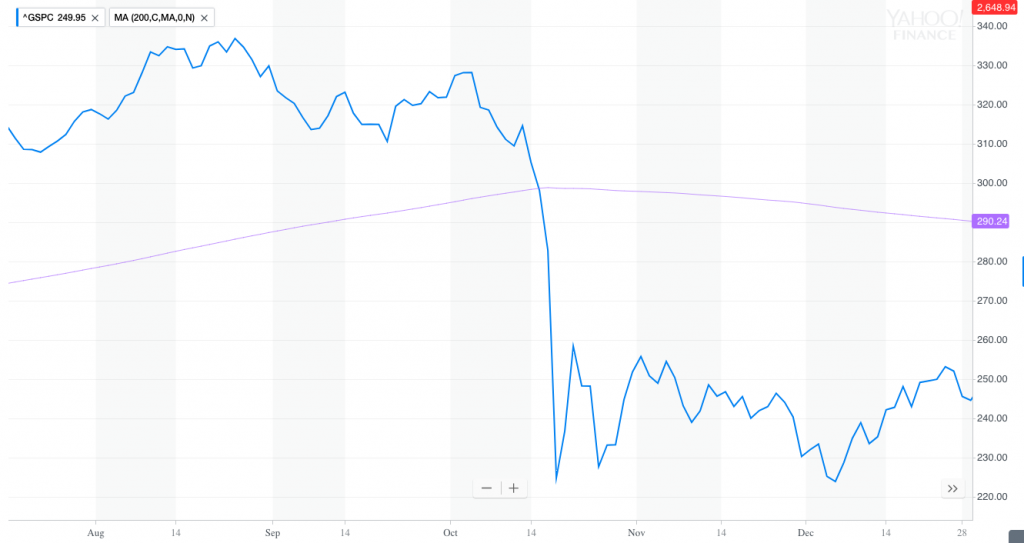
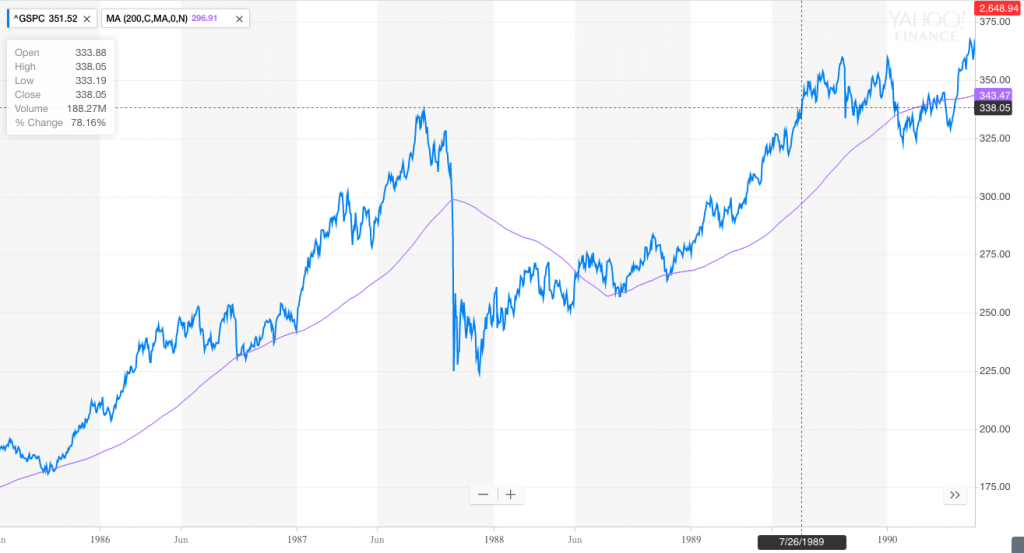

 Diversified Asset Allocation Portfolios For Your Plans
Diversified Asset Allocation Portfolios For Your Plans
